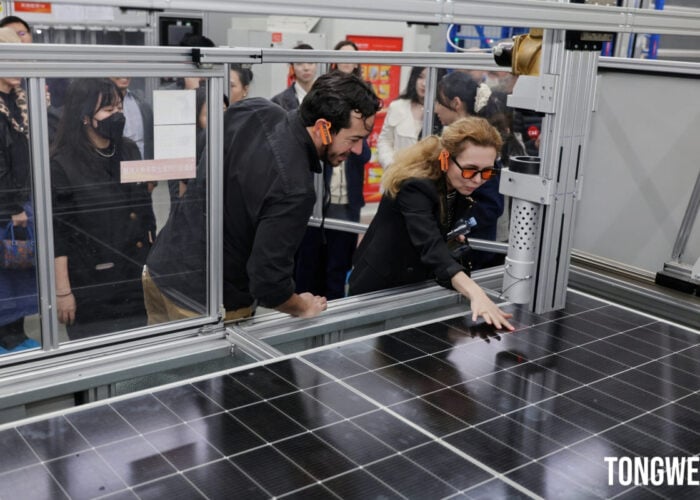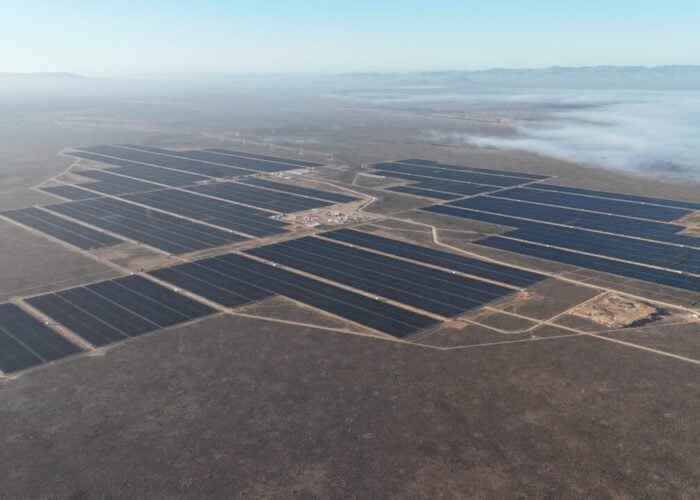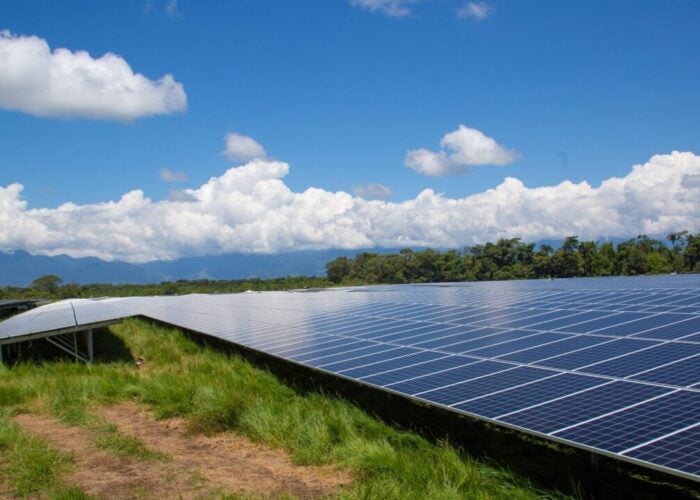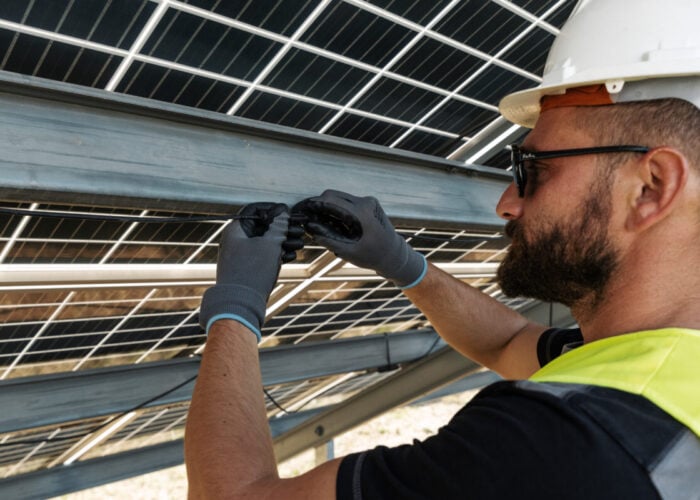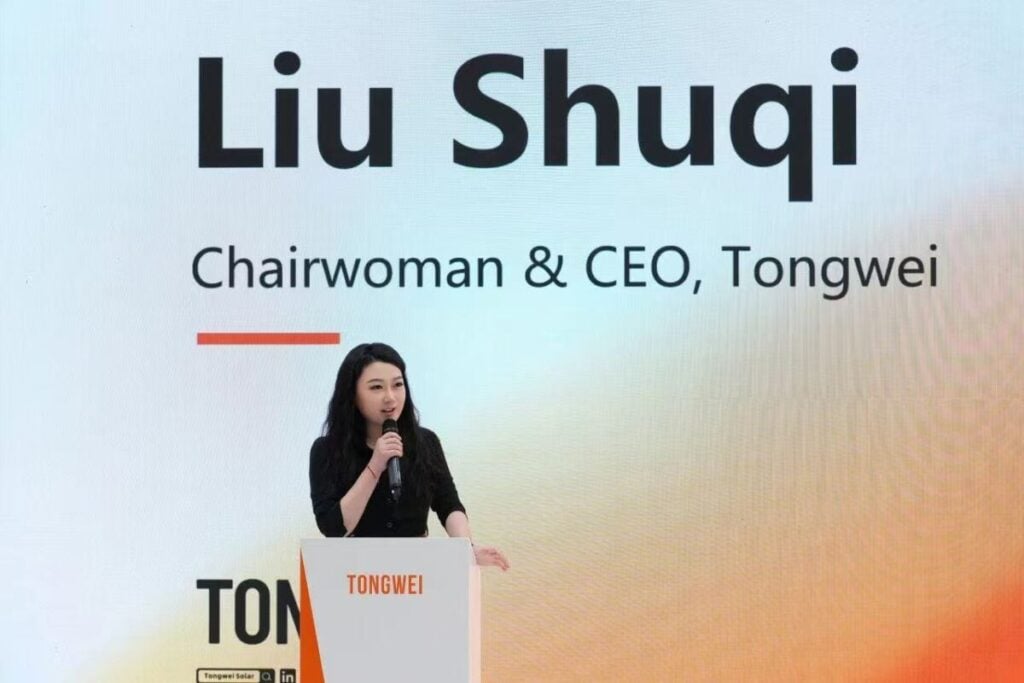
China’s PV industry is currently grappling with a severe supply-demand imbalance, as industry chain prices remain persistently low and major players in the sector are incurring varying degrees of losses. Against this backdrop, Tongwei, a leading solar enterprise, hosted its much-anticipated 2024 Annual General Meeting of Shareholders on 20 May.
At the meeting, the company addressed key market concerns. Tongwei’s chairman and CEO, Liu Shuqi, noted: “The PV industry will remain in an adjustment period in 2025, and our priority will be to enhance internal capabilities.”
Try Premium for just $1
- Full premium access for the first month at only $1
- Converts to an annual rate after 30 days unless cancelled
- Cancel anytime during the trial period
Premium Benefits
- Expert industry analysis and interviews
- Digital access to PV Tech Power journal
- Exclusive event discounts
Or get the full Premium subscription right away
Or continue reading this article for free
Industry consolidation to accelerate, outdated capacity and technologies to be phased out
After years of sustained rapid growth, the PV industry now confronts acute supply-demand imbalances. Prices across the main industry chain have remained low, leading to widespread heavy losses among companies and ushering in accelerated industry reshuffling.
Liu Shuqi pointed out: “2024 was a winter for the PV industry. The rapid industry growth from 2020 to 2022 attracted massive external capital inflows, resulting in a prolonged mismatch between capacity and demand.”
She noted that during the boom period, module prices peaked at RMB2/W (US$0.28/W), but have since plummeted to below RMB0.7/W. Polysilicon prices have also tumbled from a peak of RMB300,000/ton to levels below the cost thresholds of major producers. In the second half of this year, the industry will undergo a continued process of survival of the fittest, during which outdated capacity and technologies will be phased out and high-cost producers will struggle to sustain long-term operations.
“The industry’s winter is expected to persist through 2025. The harsher the conditions, the more imperative it is to sharpen our internal capabilities,” Liu Shuqi stated. “During this challenging period, competition ultimately boils down to each company’s fundamentals – specifically, whether they can maintain sufficient cash flow and technological superiority.”
According to the financial report, as of the end of Q1 2025, Tongwei held approximately RMB40 billion in combined cash in hand and tradable financial assets, which can sufficiently meet the company’s working capital needs. Meanwhile, Tongwei has access to abundant financing instruments, including ample bank credit lines, and maintains strong liquidity in instruments such as super short-term commercial paper and medium-term notes.
It is noted that Tongwei has significantly boosted its cash reserves as a precaution against potential extreme scenarios in the future.
At a previous earnings conference on 16 May, Zhou Bin, chief financial officer of Tongwei, stated that with the PV industry currently at a cyclical downturn, the company will assess unstarted projects, manage construction timelines, strictly oversee overall capital expenditures, effectively implement funding risk control measures and ensure corporate liquidity security.
Diversified technology and capacity rationalisation set to drive industry turning point next year
Tongwei currently boasts an annual capacity of over 900,000 metric tons of high-purity polysilicon, along with 150GW+ solar cells and 90GW modules. For each product segment, Tongwei adheres to the principle that “science and technology are the primary productive forces”, having invested over RMB11 billion in R&D cumulatively over the past three years.
Liu Shuqi further explained: “In both polysilicon and solar cell R&D, we adopt an open-ended approach with no ceiling on R&D spending. While reinforcing our leadership in TOPCon mass production, we will continue to scale up R&D investment in HJT [heterojunction], perovskite, and other technologies to develop a diversified technology portfolio.”
“While the solar industry is in a downturn, it is unlikely to deteriorate further. We anticipate signs of recovery in H2 this year, but a full exit of excess capacity will take longer—perhaps by next year,” Liu Shuqi added.
Despite the ongoing profound restructuring in the PV manufacturing chain, Tongwei’s management remains optimistic about the industry’s development prospects this year and beyond. The company highlighted that China’s new PV installations hit nearly 60GW from January to March 2025, up 30.5% year-on-year, demonstrating sustained strong demand for PV installations. For the full year, Tongwei expects steady global growth in PV installation demand, which will maintain an upward trajectory.
Regarding overseas market expansion, Liu Shuqi stated: “Tongwei ventured into the module business in late 2022, beginning with the domestic market. While we have intensified overseas market efforts since last year, international revenue still represents a relatively small share of total income. Our goal is to make further inroads in overseas markets this year, with a medium-to-long-term aim of achieving a balanced revenue mix between domestic and international markets.”
In recent years, Tongwei has significantly stepped up its efforts to explore emerging markets, including the Middle East, Asia-Pacific and Latin America. According to its 2024 annual report, Tongwei’s overseas revenue reached RMB9.451 billion, with full-year overseas sales surging 98.76% year-on-year.



